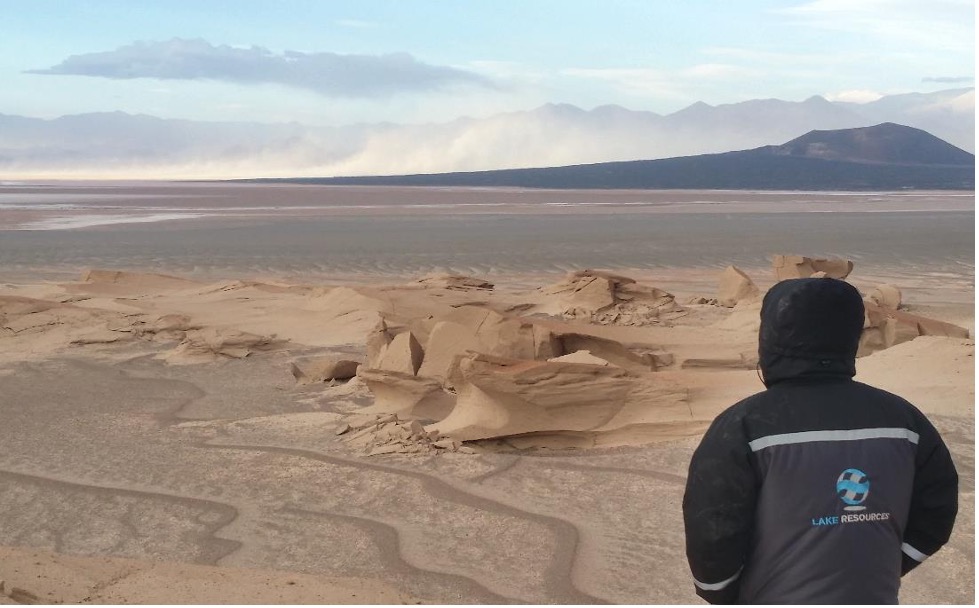
Lithium developer Lake Resources (ASX: LKE; OTC: LLKKF) released on Thursday an updated resource estimate for its flagship Kachi lithium brine project in Catamarca Province, Argentina.
The updated resource estimate is based on continued drilling activities that have been underway throughout the year, with multiple drill rigs on site testing production wells for pumping and reinjection aquifer testing underway as part of the definitive feasibility study, the company said.
Measured and Indicated (M&I) resources have increased from 2.19 to 2.93 million tonnes (Mt) of lithium carbonate equivalent (LCE) defined, to a depth of 400 m (meters) over 106 square kilometres (km2).
Surrounding the M&I resources are Inferred Resources of 5.18 Mt LCE defined over 161 km2 . The resource remains open to a depth of approximately 600 to 700 m below ground surface and open laterally, where drilling is underway to better define the resource extent.
The footprint of the Inferred Resource has expanded substantially north and south from recent characterization activities and transient electromagnetic geophysics suggests the lithium brine may extend significantly further indicating substantial additional exploration potential, Lake Resources said.
The lithium grade of the Measured Resource (0-400 m) across the salar is 210 mg/L lithium, the Indicated Resource immediately southeast is 174 mg/L lithium, and the surrounding Inferred Resource (0-400 m) has a concentration of 200 mg/L lithium.
“The ongoing hydrogeological characterization activities started in March of last year have led to a significantly improved understanding of both the spatial and vertical extent of lithium brine but also the permeability of the reservoir materials,” Director of Geology and Hydrogeology Michael Gabora said in the statement.
“These studies demonstrate that the resource potential within the basin is much larger than the resource defined to date. These results will be incorporated into our ongoing definitive feasibility study and support our vision for the potential scale of the project moving forward.”